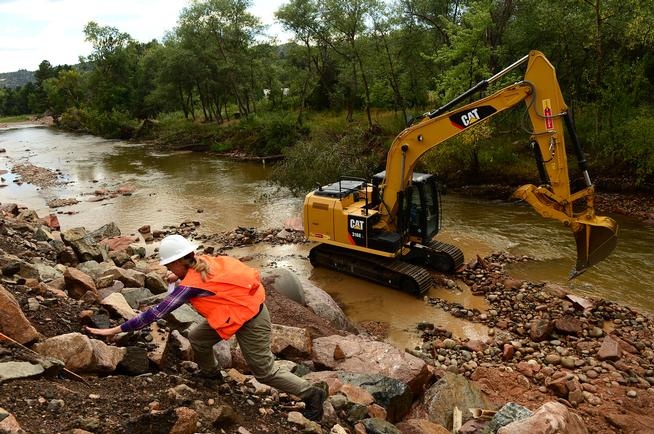Last week, the President introduced an initiative to streamline the regulatory process around federal infrastructure construction projects (read about it here, or here). As introductions go, it was not exactly textbook, so maybe “released” is a better term than “introduced”.
The reduction of the regulatory process around these types of projects has garnered bi-partisan support, and the changes have a real chance of accelerating much needed improvements across the country.
But, efficiency always comes at a price (like with geocoding, and with underwriting). A part of the price paid for this new efficiency is reduced flood mitigation. Currently, new federal construction projects need to be built higher and drier by adding a couple feet to projected flood levels. It’s a conservative and intelligent approach to new construction because it creates a margin for error around current expected flood levels (whether measured by BFEs or local engineering), and somewhat future-proofs the construction against more serious expected flood levels in the future. It probably saves money in the long term. The new regulations have replaced that “high & dry” requirement with vague language about needing to consider the current and future flood risk. Consider, but not do anything about it.
What does that mean for flood insurance?
The new regulations increase the country’s dependency on sound flood insurance. By accepting increased flood risk around infrastructure and development, society-at-large will need good, solid flood insurance that is capable of effectively moving the risk away from the government and other affected property owners. In a way, these changes are a perfect curtain-raiser to the expected expansion of non-NFIP flood insurance in the approaching reauthorization. Introducing Releasing these current changes without following with an enablement and expansion of non-NFIP flood underwriting would be contradictory and silly.
Underwriters are getting ready now, and the insurance industry will be ready to help deal with the flood risk around the new construction – because someone has to deal with it, sometime.

.png?width=500&name=InsitePro4%20(1).png)




Comment Form